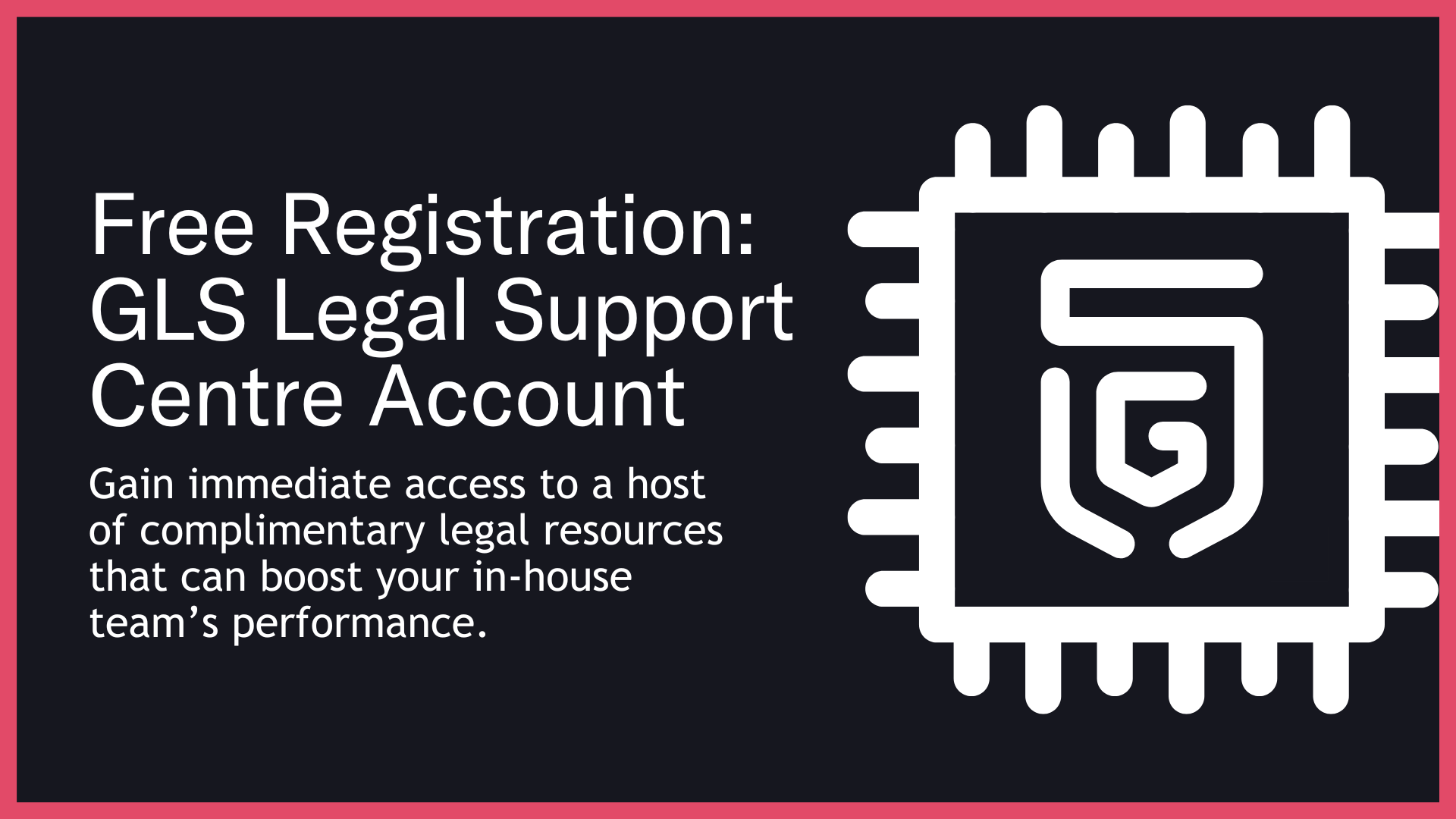Understanding Employee Stock Option Programs (ESOP): A Guide for Startup Founders
• 08 Apr 25

"A well-structured Employee Stock Option Program (ESOP) can be the difference between attracting top talent and losing them to your competitors."
What Is An Employee Stock Option Programs (ESOP)?
An Employee Stock Option Program (ESOP) is a powerful tool for startups looking to attract, retain, and incentivise top talent without the immediate financial burden of high salaries. By offering stock options for employees – a stake in the company’s future success, startups can align interests, drive performance, and enhance loyalty.
However, implementing an ESOP for startups is not as simple as giving away shares—it involves legal, financial, and operational complexities that, if not properly managed, can lead to serious disputes and financial losses. This guide explores why ESOPs are offered, how they work, their benefits, challenges, and the key legal issues that founders need to consider.
Why Do Startups Offer ESOPs?
Startups frequently use ESOPs to compensate employees in ways that benefit both the company and the workforce. Key reasons include:
- Attracting Talent: Employee stock option programs help startups compete with larger companies that offer higher salaries.
- Retaining Key Employees: Vesting schedules ensure employees stay with the company longer.
- Aligning Incentives: Employees become shareholders, making them more committed to the startup’s success.
- Managing Cash Flow: Instead of high salaries, equity compensation allows startups to conserve cash.
- Rewarding Performance: Stock options can be tied to performance milestones, boosting motivation.
Attractive Features of an ESOP
An ESOP provides benefits to both the company and its employees, including:
- Deferred Compensation: Employees benefit financially if the startup grows in value.
- Tax Advantages: Some jurisdictions offer tax benefits for ESOP participants.
- Long-Term Engagement: Employees feel a stronger connection to the company’s success.
- Flexible Vesting Schedules: Founders can customize the vesting terms to ensure employees remain for the long term.
- Employee Buy-In: Employees act more like owners, leading to better productivity and company culture.
Challenges and Problematic Aspects of ESOPs
Despite their advantages, ESOPs come with challenges that can create significant risks if not managed properly:
- Dilution of Ownership: Existing shareholders' stakes are reduced as more options are issued.
- Tax Complications: Employees may face unexpected tax liabilities when exercising options.
- Complexity in Valuation: Determining the fair market value of the stock can be difficult.
- Regulatory Compliance: ESOPs must adhere to securities laws and corporate regulations.
- Resentment Among Employees: If some employees receive more equity than others, disputes can arise.
Common Problems Encountered When Implementing ESOPs
Startups often struggle with the following challenges when rolling out an ESOP:
- Unclear Terms: Vague vesting schedules and unclear option pricing create confusion.
- Failure to Communicate Value: Employees may not understand the long-term benefits of their stock options.
- Liquidity Issues: Employees may find it difficult to cash out their options if the company remains private.
- Lack of Legal Documentation: Poorly drafted agreements lead to disputes and legal issues.
- Granting Too Many Options Too Early: Over-distribution can lead to an unmanageable startup cap table and excessive dilution.
Key Legal Issues Associated With ESOPs
Before implementing an ESOP, startups must address several legal concerns:
- Regulatory Compliance: ESOP must comply with securities laws in the jurisdictions where employees are located.
- Vesting and Clawback Clauses: Clear vesting schedules and provisions for reclaiming unvested shares in case of early departures.
- Shareholder Approval: Depending on the company’s constitution, issuing new shares may require shareholder consent.
- Tax Implications: Employees and the company may face tax liabilities when exercising or selling stock options.
- Exit Event Considerations: Clearly outline what happens to unvested stock options in the event of an acquisition or IPO.
Case Studies: What Happens When an ESOP is Mishandled?
Case Study 1: The Dilution Disaster
A startup aggressively issued stock options without planning its equity allocation. By the time they sought Series B funding, investors were deterred by the high level of ownership equity dilution. The company had to restructure its cap table, causing resentment among employees and shareholders.
Lesson: Plan your ESOP carefully to prevent excessive dilution.
Case Study 2: The Tax Nightmare
A tech startup offered ESOPs but failed to educate employees about potential tax liabilities. When the company raised a new funding round at a higher valuation, employees were hit with large tax bills upon exercising their options, leading to widespread dissatisfaction.
Lesson: Always educate employees on the tax implications of ESOPs.
Case Study 3: The Exit Clause Oversight
A fast-growing e-commerce company implemented an ESOP but did not include provisions on what happens in an acquisition. When the company was acquired, employees discovered their options were worthless due to a poor structuring of exit terms.
Lesson: Always define what happens to ESOPs in exit scenarios.
Final Thoughts
An Employee Stock Option Program (ESOP) can be an incredible tool for startups, helping them attract and retain top talent while aligning interests between employees and shareholders. However, poor ESOP implementation can lead to dilution, legal challenges, and employee dissatisfaction.
Startups should seek legal and financial advice to ensure ESOP compliance and proper stock option structuring. Can I sell my ESOP shares? How do I calculate ESOP valuation? These are critical questions that require expert guidance.
If you need professional guidance, sign up for our GLS Legal On Call Free trial which gives you 3x complimentary calls with world-class lawyers. No strings attached.
Plan ahead, educate your team, and structure your ESOP properly to avoid costly mistakes.

